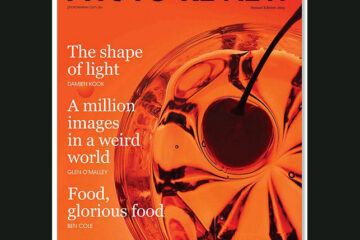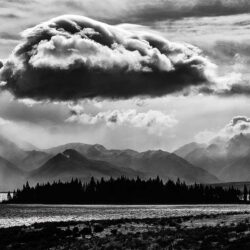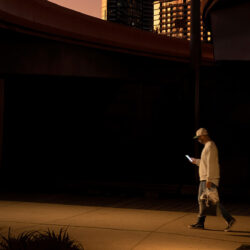A round-up of the best low-cost image editing software, including free photo editing applications:

Hue, Saturation and Lightness
More sophisticated image editors provide separate adjustments for the three main components of colour: hue, saturation and lightness. Together they enable us to describe colours with a high degree of precision.
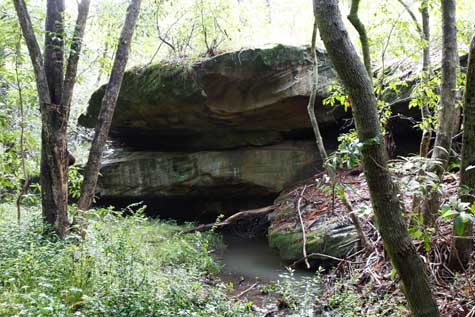
High Dynamic Range Photography
Although the human eye can perceive a brightness range equivalent to more than 17 f-stops, most digital cameras have a dynamic range less than half as wide. Consequently, while your eyes can adjust dynamically to enable you to see details in highlight and shadow areas, your camera will usually record only the middle tones in a scene. Bright highlights and deep shadows – where your eyes can see details – will be ‘clipped’ and devoid of detail.
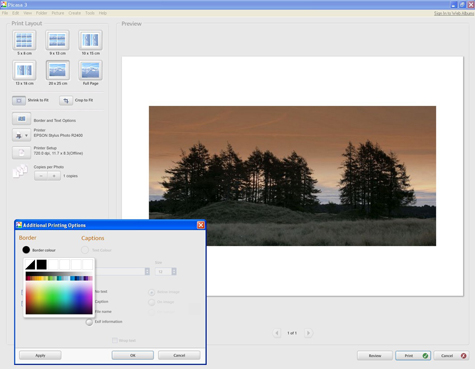
How to Create Custom Borders for Digital Photos
Although most simple software applications allow you to add frames and borders to your digital images before printing them, in most cases you can only choose from pre-determined templates. No creative flexibility is provided. In this features we’ll outline some simple ways to add fancy borders that can be used by everyday photographers and scrapbooking enthusiasts to customise their favourite pictures.

HDR Toning in Adobe Photoshop CS5
Most photographers will remember occasions when the dynamic range in a subject was too wide for the camera to capture. If you’ve shot raw files, you can generally recover a fair amount of highlight and shadow detail when processing the shot in Adobe Camera Raw.
Good Quality Slide Scanning
I have spent many interesting and challenging hours learning and experimenting with digital photography. Before developing an interest in this new branch of photography, I was an avid producer of Ektachrome colour transparencies, and have a collection of approximately 9000 slides. I would now like to transfer some of these slide images to digital format, and would like to know more about slide scanners which could produce a digital image with sufficient quality to make, say, a 6″ x 4″ print.

Give Your Digital Photos the Lomo Look
Back in the 1980s, the Russian optics manufacturer Lomo PLC produced its first 35mm camera, the Lomo LC-A. It was loosely based on the Cosina CX-1 model and remained on the periphery of photography until 1991, when a group of Austrian photographers ‘discovered’ the camera in Prague and, according to a posting in Wikipedia, were ‘charmed by the unique, colourful, and sometimes blurry images that the camera produced’.
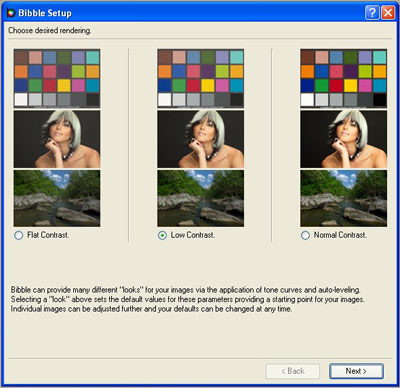
Four Popular Raw File Processors Compared
Serious photographers generally shoot raw files because they offer so much more potential for image creation than JPEGs. The more serious you are about image creation, the more likely you will be to choose a ‘third-party’ raw file converter over the bundled software supplied with your camera. But, which application should you choose?
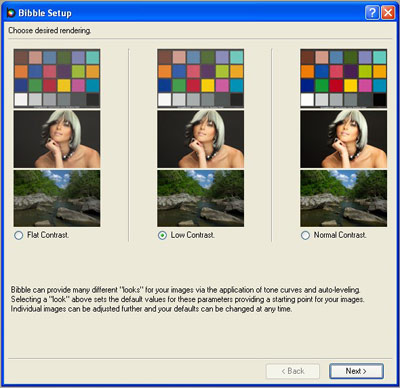
Four Recent Raw File Processors Compared
Serious photographers generally shoot raw files because they offer so much more potential for image creation than JPEGs. The more serious you are about image creation, the more likely you will be to choose a ‘third-party’ raw file converter over the bundled software supplied with your camera. But, which application should you choose?
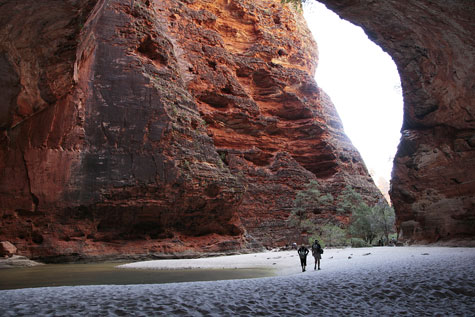
Fixing Common Lighting Errors
Most photographers have produced images that are less than perfect when viewed on a computer screen, even though they may have looked pretty good when displayed on the camera’s monitor. But there are also times when you can see straight away that a shot won’t turn out as you wanted, and make adjustments to prevent the more serious problems.




